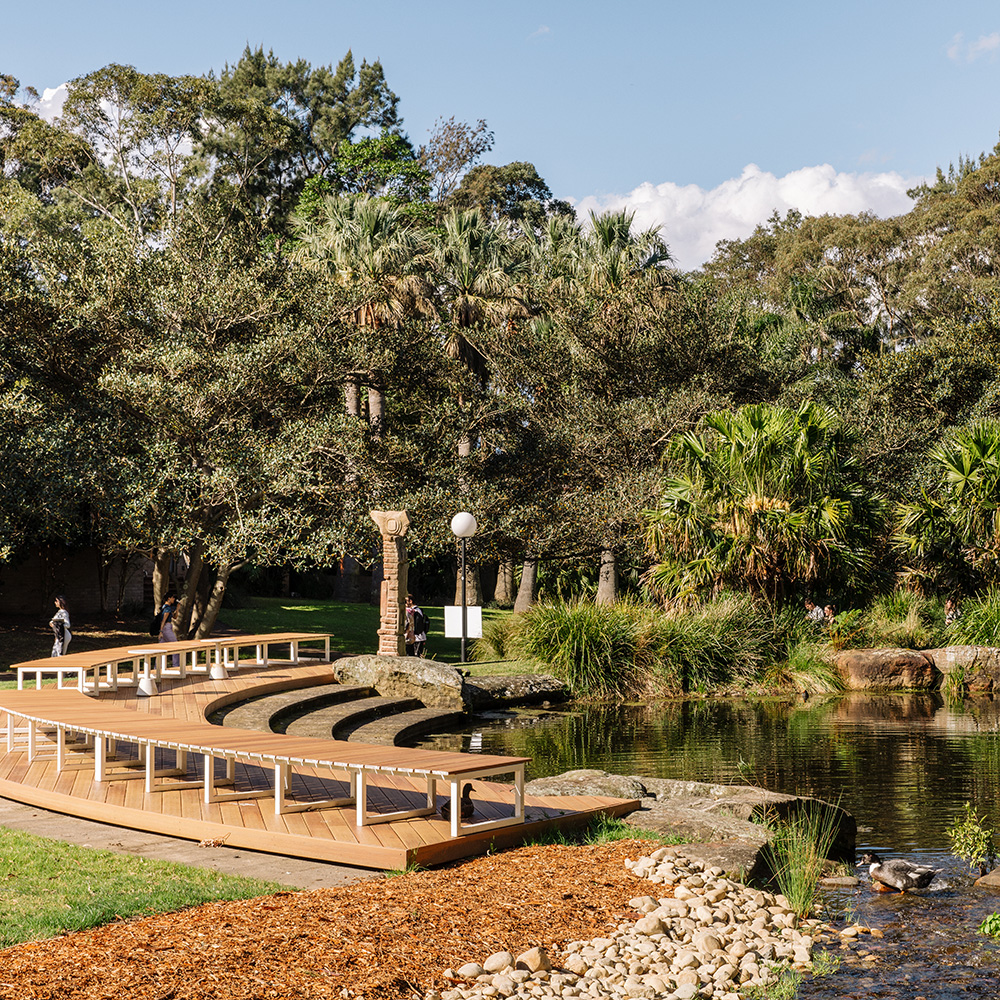This schedule may be subject to minor change.

Schedule
We have an exciting program featuring expert-led presentations, discussions, and collaborative opportunities.

We have an exciting program featuring expert-led presentations, discussions, and collaborative opportunities.
This schedule may be subject to minor change.
This day is dedicated to methane, with sessions covering observations, quantification, and mitigation strategies.
09:00 - 09:10: Introduction & Acknowledgement of Country - Clare Murphy (UOW)
Session 1 - Methane Monitoring & Remote Sensing
10:50 - 11:20: Morning tea (Building 20 - Foyer)
12:40 - 13:40: Lunch (Building 20 - Foyer)
Session 2 - Methane Sources & Mitigation
15:00 - 15:30: Afternoon tea (Building 20 - Foyer)
A deep dive into Southern Ocean dynamics, research from the CAPE-k campaign, aerosol properties, and regional atmospheric chemistry & air quality.
Session 3 - Southern Ocean & Aerosol Precursors
10:40 - 11:10: Morning tea (Building 20 - Foyer)
Session 4 - Aerosol Properties & Chemistry
12:30 - 13:30: Lunch (Building 20 - Foyer)
Session 5 - Air Quality & Urban Aerosols
14:50 - 15:20: Afternoon tea (Building 20 - Foyer)
Session 6 - Special Program Review
Sponsored by the NSW Bushfire and Natural Hazards Research Centre, this day focuses on fire events, smoke impacts, and atmospheric modelling techniques.
Session 7 - Fire, Smoke & Emissions Characterisation
10:40 - 11:10: Morning tea (Building 20 - Foyer)
Session 8 - Smoke Impacts & Modelling
12:50 - 13:50: Lunch (Building 20 - Foyer)
Session 9 - Atmospheric Modelling & Inversion Techniques
15:30 - 16:00: Afternoon tea (Building 20 - Foyer)
16:00 onwards: Tour of UOW labs (optional), Side Meetings and Discussion
18:00 onwards: Conference Dinner (Wollongong Golf Club)
The final day highlights insights from long-term observational programs, including from Kennaook/Cape Grim, and discusses global atmospheric trends before concluding the conference.
Session 10 - Kennaook - Cape Grim Long-Term Observations
10:40 - 11:10: Morning tea (Building 20 - Foyer)
Session 11 - Long-Term Trends & Global Change
12:50 onwards: Lunch & Departure (Building 20 - Foyer)